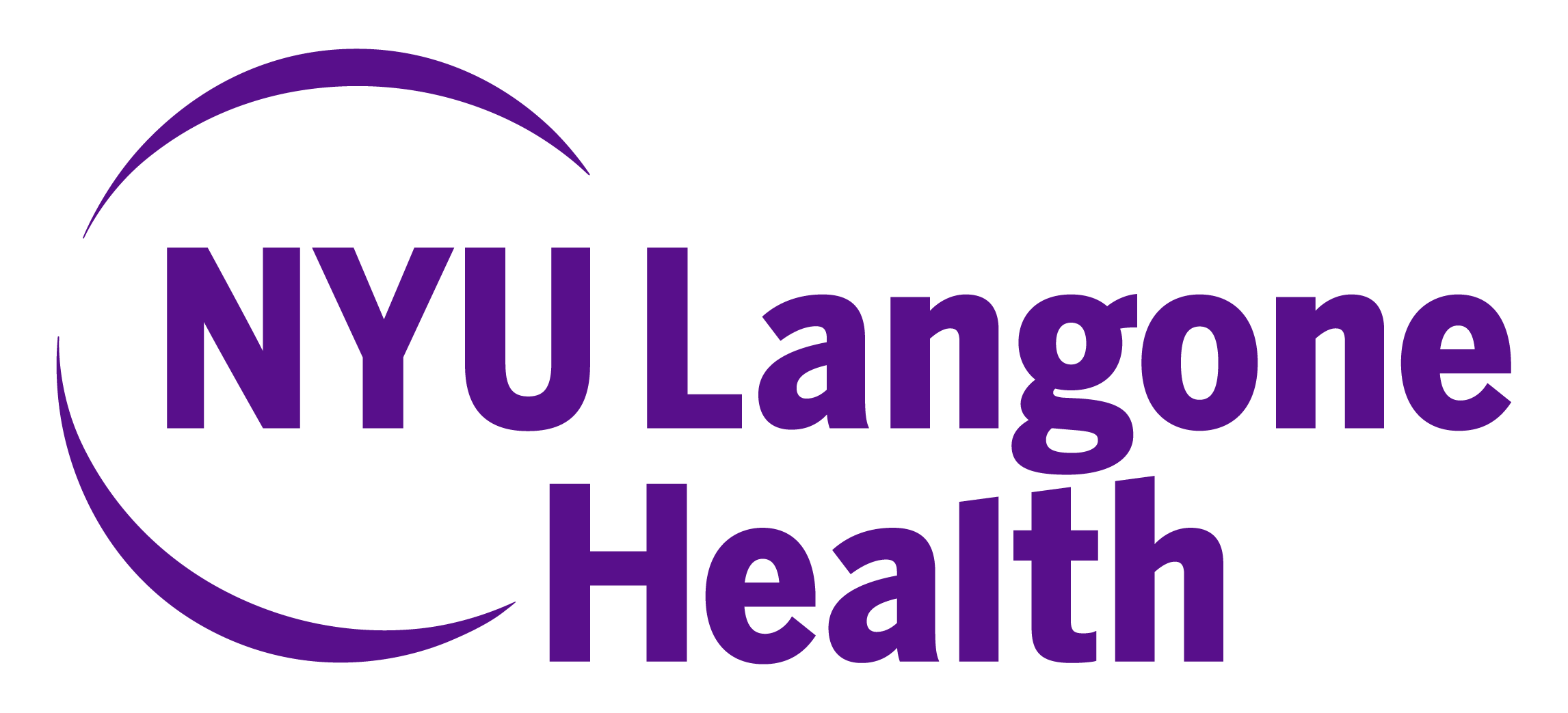- Advertise
- About OncLive
- Editorial Board
- MJH Life Sciences brands
- Contact Us
- Privacy
- Terms & Conditions
- Do Not Sell My Information
2 Clarke Drive
Suite 100
Cranbury, NJ 08512
© 2025 MJH Life Sciences™ and OncLive - Clinical Oncology News, Cancer Expert Insights. All rights reserved.
Dr. Abdul-Hay on Treatment Considerations in ALL
Mohammad Maher Abdul-Hay, MD, an assistant professor in the Department of Medicine; director of the Clinical Leukemia Program in NYU Langone Health’s Perlmutter Cancer Center; and associate director for research in the Bellevue Cancer Center, discusses treatment considerations in acute lymphoblastic leukemia (ALL).
Mohammad Maher Abdul-Hay, MD, an assistant professor in the Department of Medicine; director of the Clinical Leukemia Program in NYU Langone Health’s Perlmutter Cancer Center; and associate director for research in the Bellevue Cancer Center, discusses treatment considerations in acute lymphoblastic leukemia (ALL).
Several studies have shown better outcomes with pediatric-based regimens in ALL, says Abdul-Hay. Even patients under the age of 50 with Philadelphia chromosome—negative disease can receive a pediatric-based regimen. If the patient is low-risk and has undetectable minimal residual disease (MRD), they should continue the regimen as consolidation and maintenance for up to 2 years, says Abdul-Hay.
If the patient doesn't respond and still has MRD positivity, blinatumomab (Blincyto) can be given followed by transplant, adds Abdul-Hay. If the patient is refractory to the initial therapy, CAR T-cell therapy or inotuzumab ozogamicin (Besponsa) can also be considered.
However, blinatumomab should be considered prior to inotuzumab ozogamicin because the latter has a risk of veno-occlusive disease (VOD) in up to 10% of patients, says Abdul-Hay. Inotuzumab ozogamicin tends to play the largest role in the treatment of transplant-ineligible patients and those who progress on blinatumomab, concludes Abdul-Hay.


